Alzheimer’s: The Transformative Powerful story of Percussion Pathways in Care – 63

As I stood in front of a gathering of smiling faces, I could feel the palpable energy in the room. It was a sunny Tuesday morning, and we were gathered at the local community center, a place that has become sacred to me and those I serve. Among us were caregivers and individuals living with Alzheimer’s disease, eagerly awaiting our weekly drumming session. This is more than just a program; it’s a refuge where we resonate through rhythm and sound, crafting shared experiences that transcend the challenges we face.
I need you to know that, as an educator in mental health, I’ve seen how powerful drumming can be. It is not merely about creating music; it serves as a bridge, connecting us to our emotional selves and one another. Through drumming, we engage in bilateral cognitive interventions that stimulate both hemispheres of the brain, sparking joy and helping to rekindle lost memories.
This partnership with the Alzheimer’s Alliance has been transformative, amplifying our drumming program’s reach and impact. The organization’s commitment to providing resources and support for families affected by Alzheimer’s aligns seamlessly with my mission to enhance quality of life through music. Together, we’ve crafted a compassionate environment where individuals can find comfort and camaraderie, reclaiming parts of themselves that Alzheimer’s may have obscured.
In these vibrant sessions, I often find myself easing into the gentle rhythm of the djembe, inviting participants to join me in creating music. Each beat serves not just to entertain but to bond us through shared expression, melting away the silence that can often envelop those affected by dementia. Research shows that rhythmic activities can serve as potent stimuli, triggering memories and emotions that might otherwise remain hidden. I’ve watched countless moments unfold as the familiar sounds invite participants to connect with something deep within—a flicker of recognition in their eyes, a joyful smile, or a cherished tale from days gone by.
The benefits of drumming in later years are numerous and deeply enriching. Not only does it enhance cognitive functioning, but it also promotes emotional well-being and fosters a sense of belonging. Being part of a rhythm creates an opportunity for socialization—vital for individuals increasingly isolated by the realities of memory loss. Each rhythmic pulse cultivates connections that persist even amidst the challenges of Alzheimer’s. In drumming, we find community, support, and understanding.
Let me share the story of Henry, one of our participants who has been particularly inspiring. He joined our drumming sessions soft-spoken and unsure, his family concerned that he felt isolated and disheartened. But over the course of several weeks, Henry’s transformation was nothing short of remarkable. As he found his rhythm, the spark in his eyes returned, illuminating the room. With a delightful grin, he would often lead our sessions, clapping along with such enthusiasm that even the shyest participants joined in. His laughter became infectious, spilling into the hearts of everyone present. Through drumming, Henry not only revived his own spirit but also reestablished social connections with fellow participants, forging friendships that would blossom into a supportive community.
One striking aspect of these gatherings is the diversity of stories we share. Music seems to unlock these memories, tales woven from decades of life experiences. There was Margaret, who would close her eyes and reminisce about dancing at her wedding, her voice soft but steady as she recalled the rhythm of the band that filled the hall. Or Thomas, who would tap along with his fingers, eager to share anecdotes from his days as a jazz musician. These stories weave together, forming a tapestry of lives enriched by shared experiences—something that is often lost in the shadow of dementia.
This journey is not just about the beats; it’s about resilience and reclamation. My hope is that we can bridge divides and celebrate the lives of those living with Alzheimer’s. Music offers us a unique language—one that doesn’t rely on memory or words. It invites us to express feelings that might otherwise remain unspoken. In doing so, we cultivate an atmosphere of warmth and acceptance, allowing participants to be themselves without fear of judgment or misunderstanding.
The drumming sessions provide a rare opportunity for individuals to embody the music, to communicate in a way that feels natural and safe. In a world that can occasionally feel daunting and disconnected, rhythm offers shelter—allowing all of us, regardless of cognitive ability, to gather together in joy and harmony.
As we look towards the future, my vision is to expand this program and reach even more individuals who may benefit from this unique approach to mental wellness. It’s my desire that we amplify the connection between music therapy and improved cognitive and emotional outcomes. Together with the Alzheimer’s Alliance, we can share the message that drumming holds a treasure trove of benefits for individuals experiencing memory challenges, creating a community where each person can feel valued, seen, and celebrated.
I invite you, whether you’re a caregiver, a health professional, or someone interested in exploring new therapeutic avenues, to consider the healing power of rhythm. Think about how a simple drumbeat can resonate

Percussion Pals!
“Drumming up memories, one beat at a time—percussion pathways pave the rhythm of our hearts!”
Table of Contents



